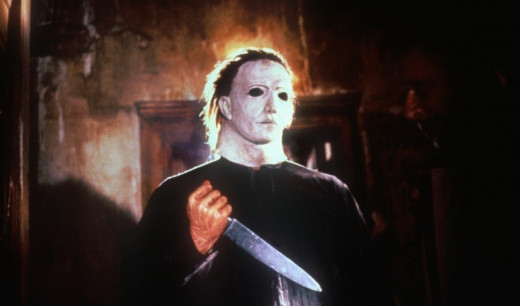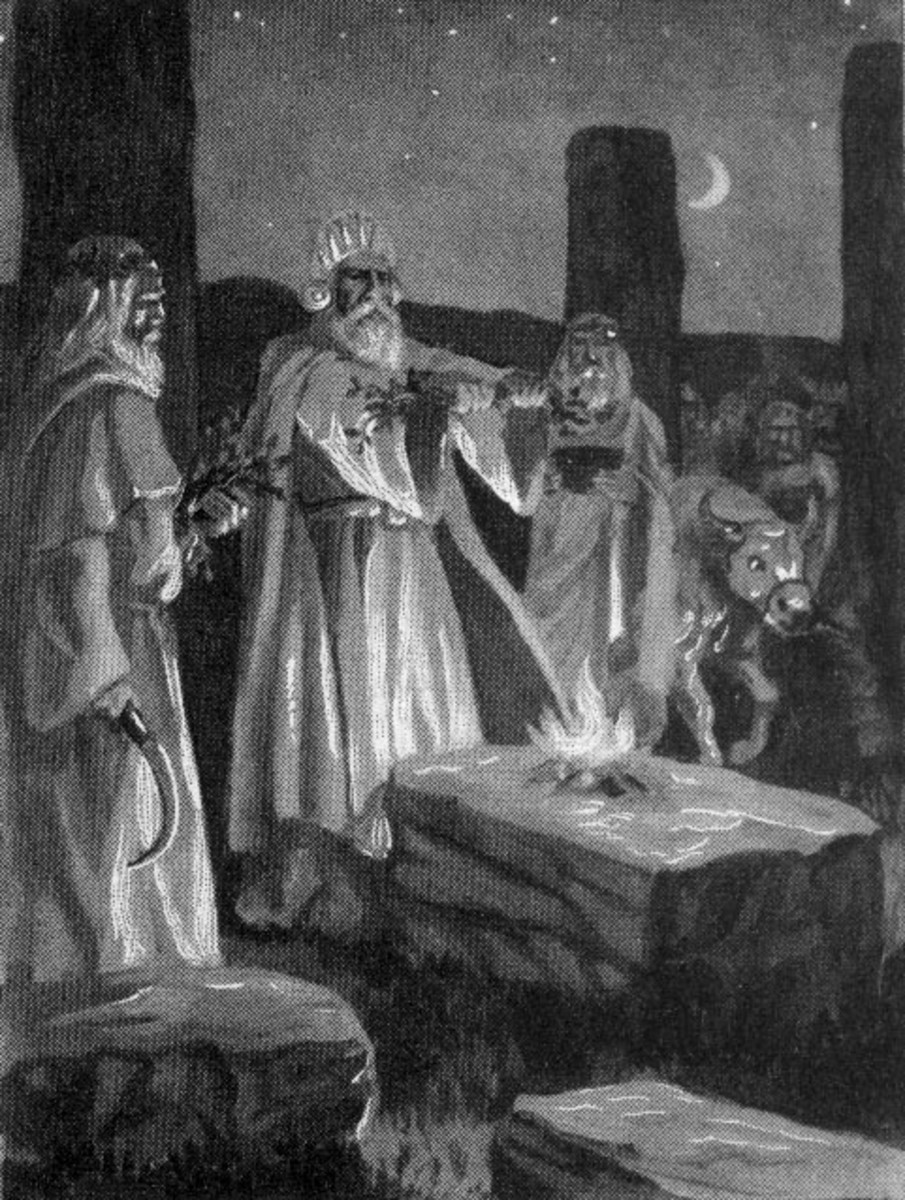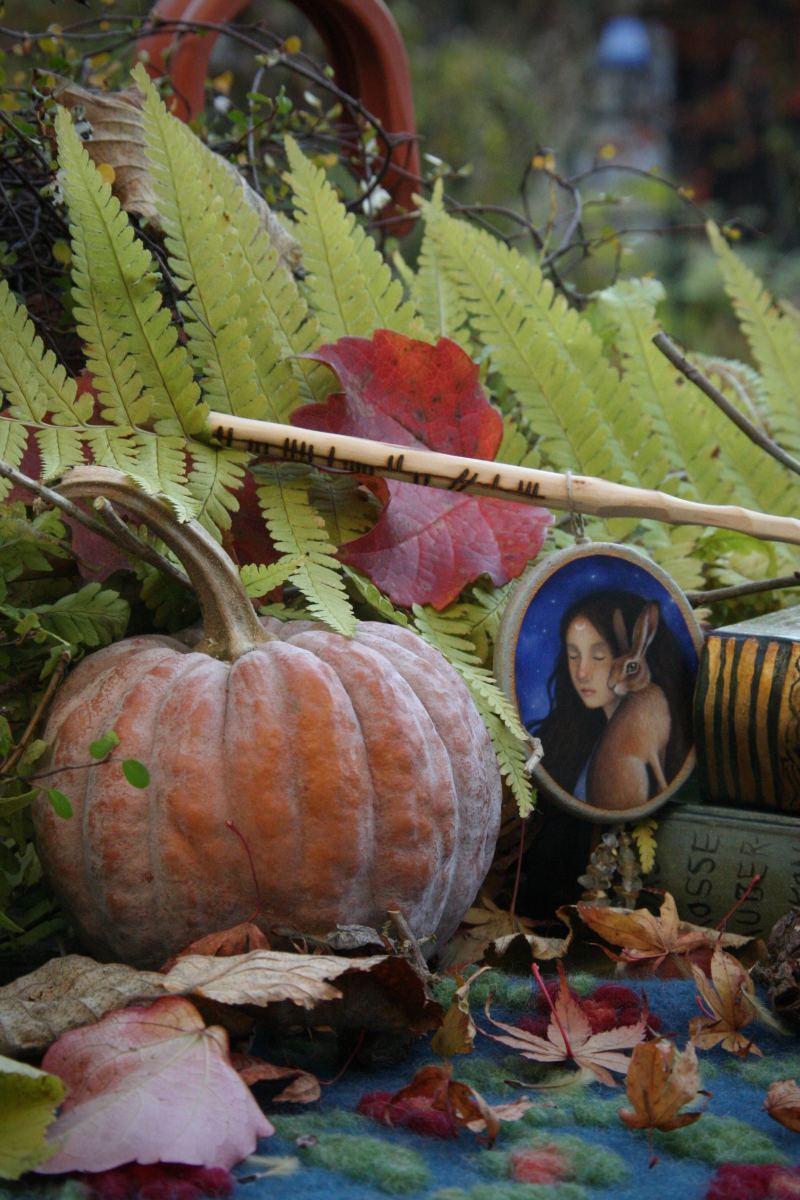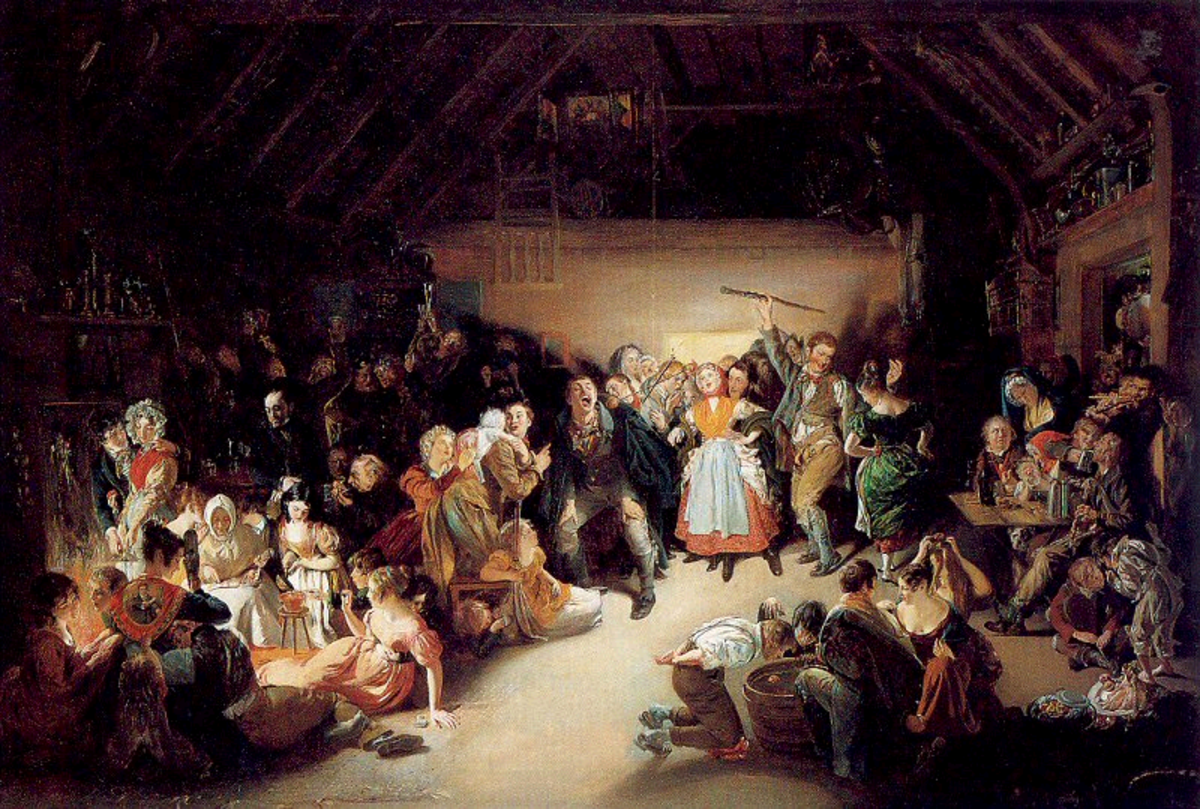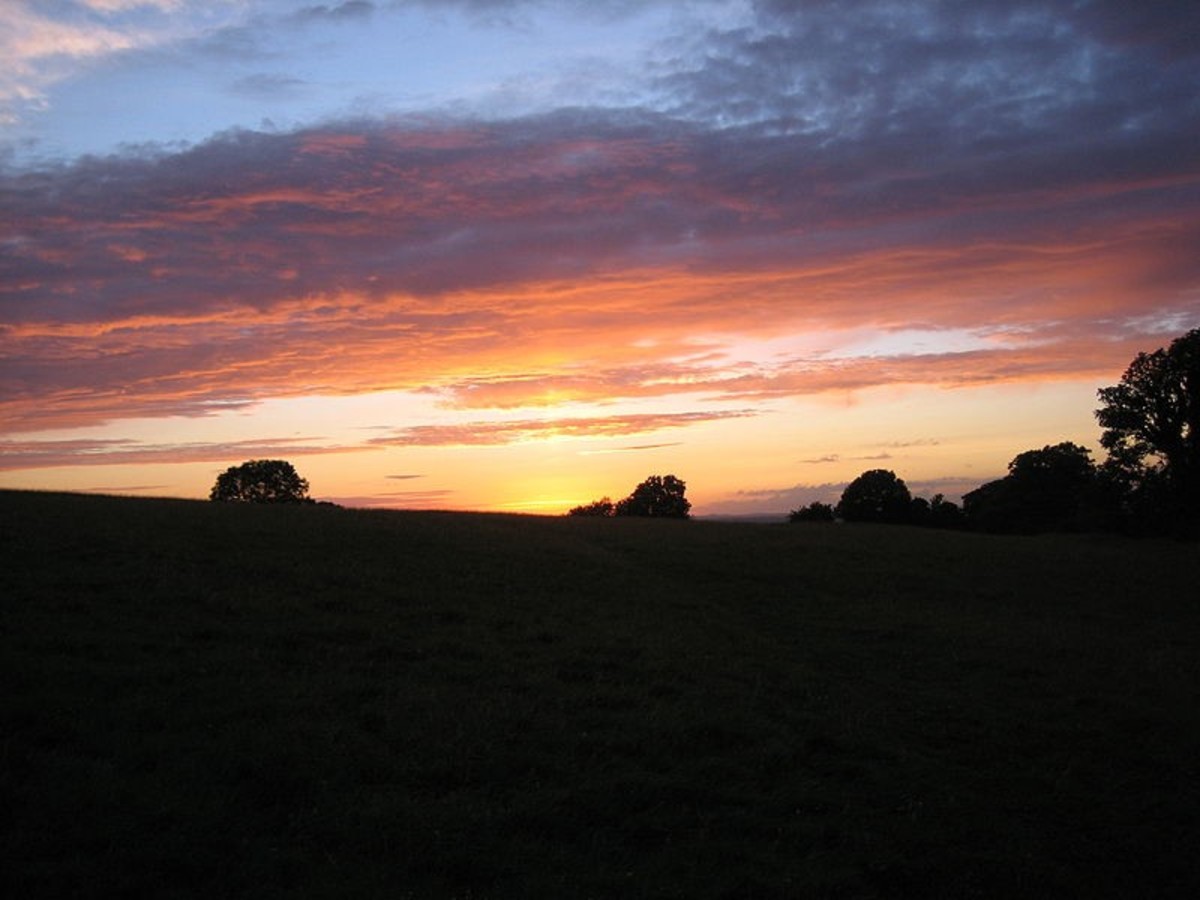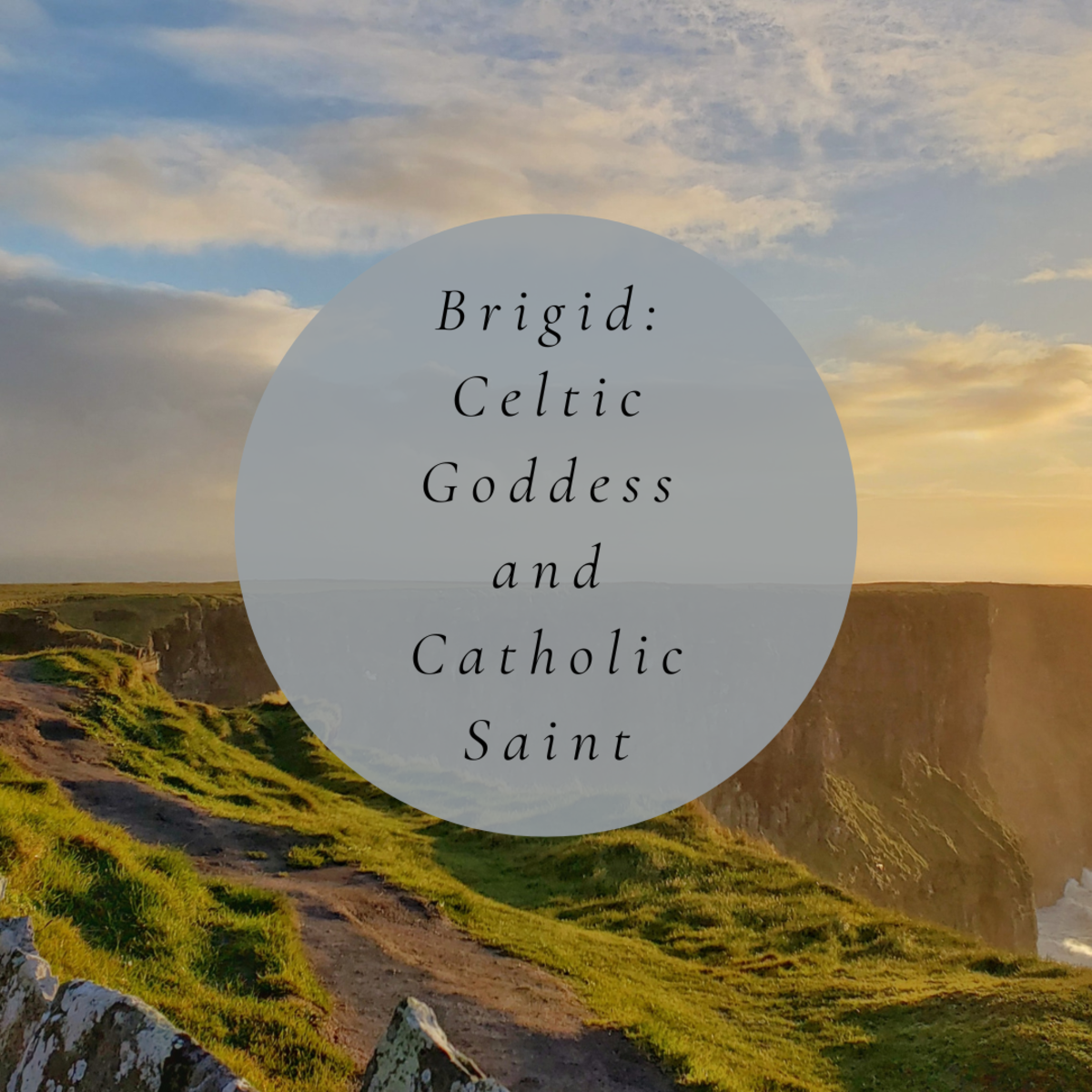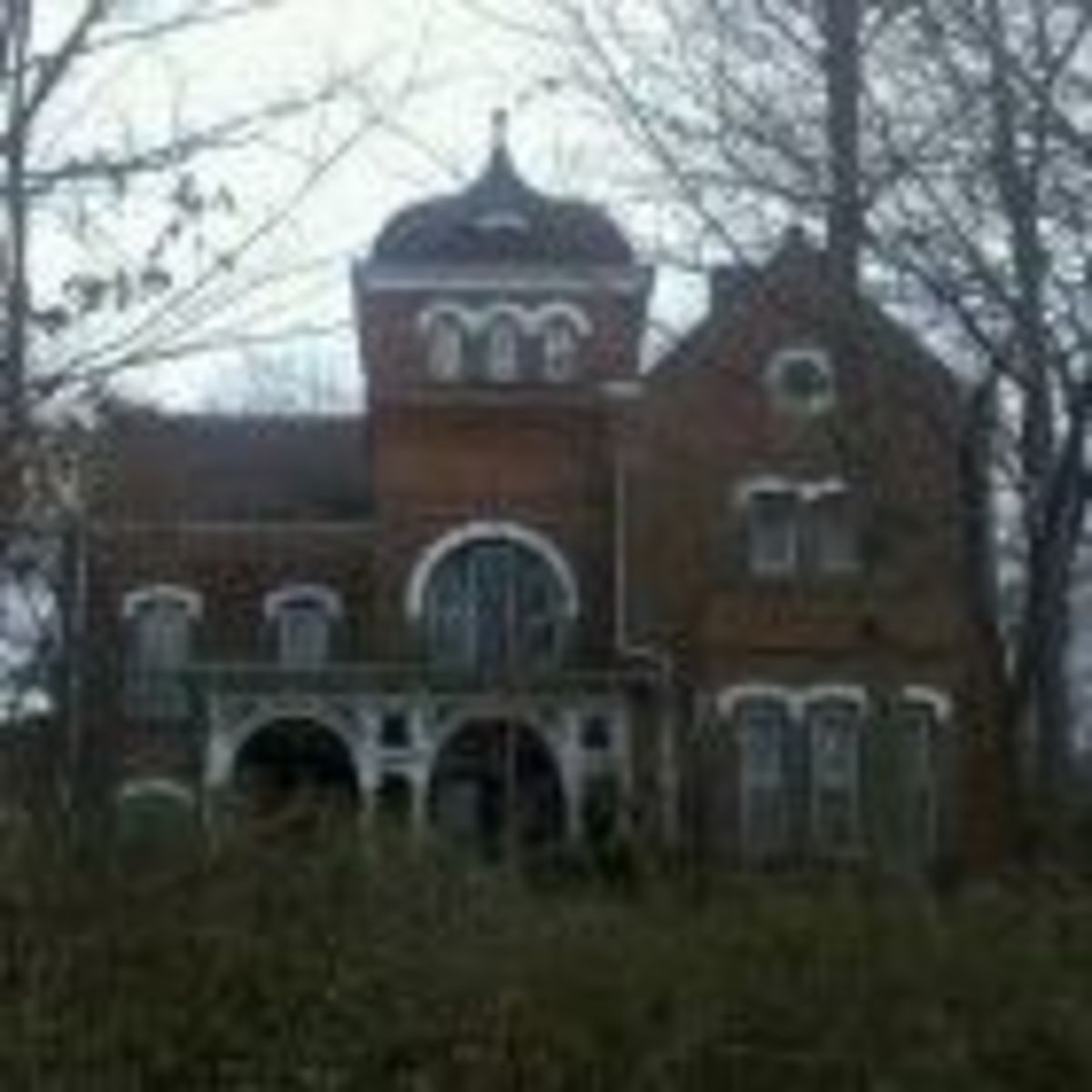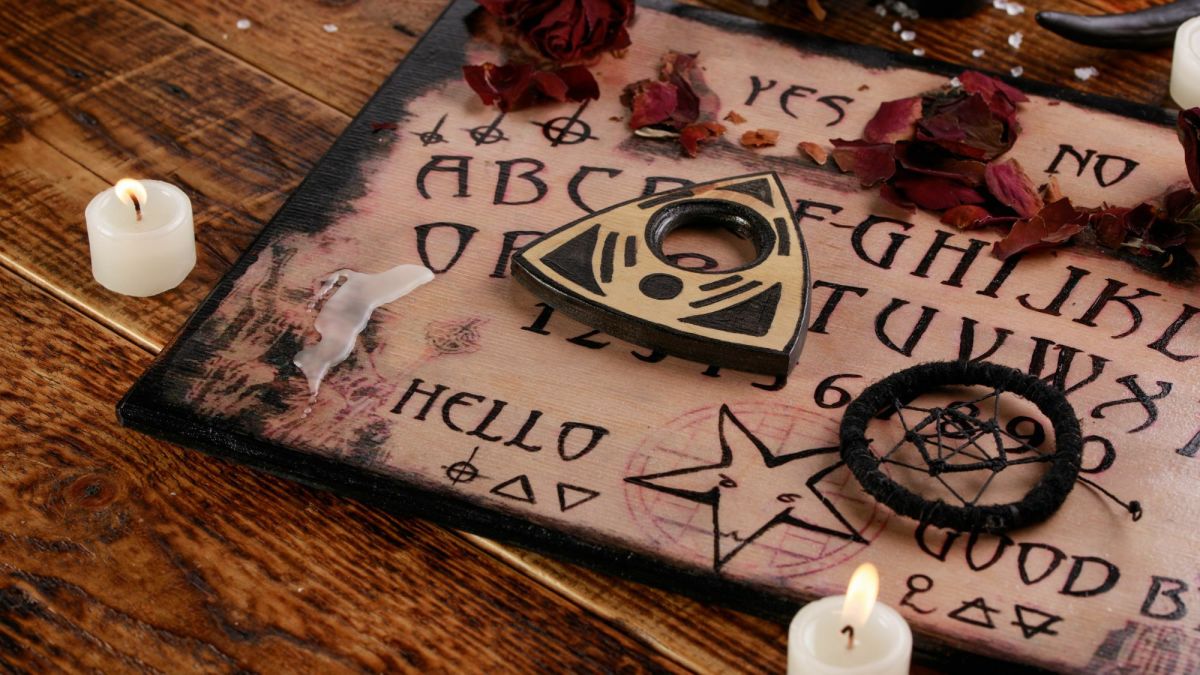Halloween, The Ancient Celtics, and the Irish
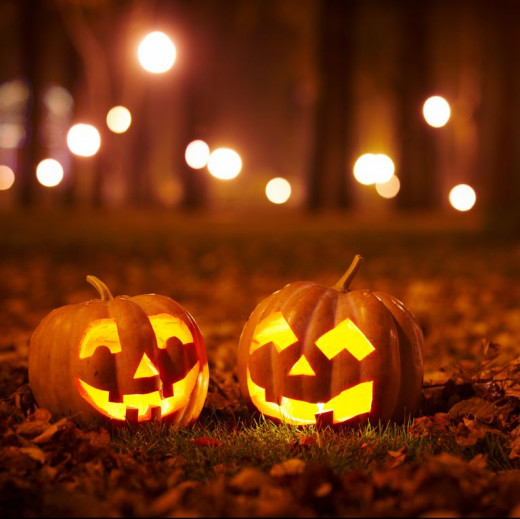

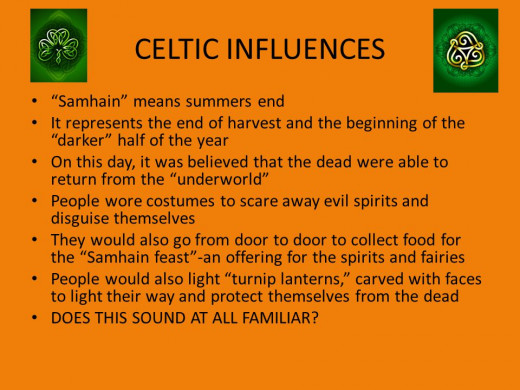
Halloween Began With Celtic Samhain Festivals
Halloween goes back 2000 years to the Celtic festival of Samhain or 'summers end.' and was significant of the Celtic calendar in Ireland, Scotland, and the Isle of Man. A time when a wall between the worlds when spirits could get through. The Celts would build bonfires to ward off evil spirits and ghosts.
The Celtic year is divided into two halves, light and dark—a time when the underworld spirits could come through the door to the present. To appease the deities, sacrifices of crops or animals were burned in bonfires to protect one from evil spirits. Tricks and pranks were played to blur the two worlds. Fortune-telling was done around the bonfire and costumes worn to fool the spirits.
It was the Irish immigrants that brought the Samhain or Halloween celebration to the Americas. The festival was first celebrated in Anoka, Minnesota, in July 1921. As the Irish began establishing communities around America, the holiday evolved today into the second-largest holiday celebrated after Christmas. In 2019, over 8.8 billion was spent on /Halloween, with 172 million Americans celebrating the holiday. It's a day when one can pretend to be anything or any person dressed in costumes.
To ward off evil spirits, turnip lamps with faces carved into them were carried to protect one from the dead. Today, pumpkins are used and elaborately carved.

Little Known Facts of Halloween
- Jack-O-Lantern: Started as a Celtic folk tale of a stingy farmer named Jack who played tricks on the devil. The devil responded by forcing him to walk purgatory with only a lump of coal. Jack took the coal and made a lantern from a turnip to guide his soul.
- A $1000. dollar fine can be issued for using or selling Silly String in Hollywood, Ca.
- Candy makers lobbied Washington to extend daylight saving time to get an extra hour of daylight so the children could collect more candy. In 1985, in an attempt to persuade them, they put candy pumpkins on the seat of every senator.
- Candy Corn was called 'chicken feed' before the name change.
- The Irish make a "sweet loaf" called "brack" with dark and gold raisins with a small toy or ring. This is similar to a "king cake" done for Mardis Gras.
- In 1978, the movie, Halloween used a mask of William Shatner (Star Trek), filmed the movie in 21 days, and was initially called Babysitter Murders.
- The Old English word wicce meant "wise woman."
- Samhainophobia means fear of Halloween.
- An owl is a popular image, and in medieval Europe, owls were thought to be witches, and if you heard one, someone would die.
- The fastest pumpkin carver is Stephan Clarke, 24.03 seconds.
- Ireland is believed to be the birthplace of Halloween.
- Halloween originated 4000 B.C.
- Children born on Halloween are said to have the ability to talk to spirits.
- The Village Halloween Parade in New York City, the largest Halloween Parade in the U.S. with 50,000 participants and two million spectators.
- Candy makers make 35 million pounds of candy corn each year.
- The first to use the term "trick-or-treat" was Canada, almost 100 years ago.
- Pumpkins are a fruit, not a vegetable.
- There is a dull moon only once every 19 years. One is expected in 2020.
- Illinois grows five times more pumpkins than any other state and has 15,000 acres just for pumpkins.


